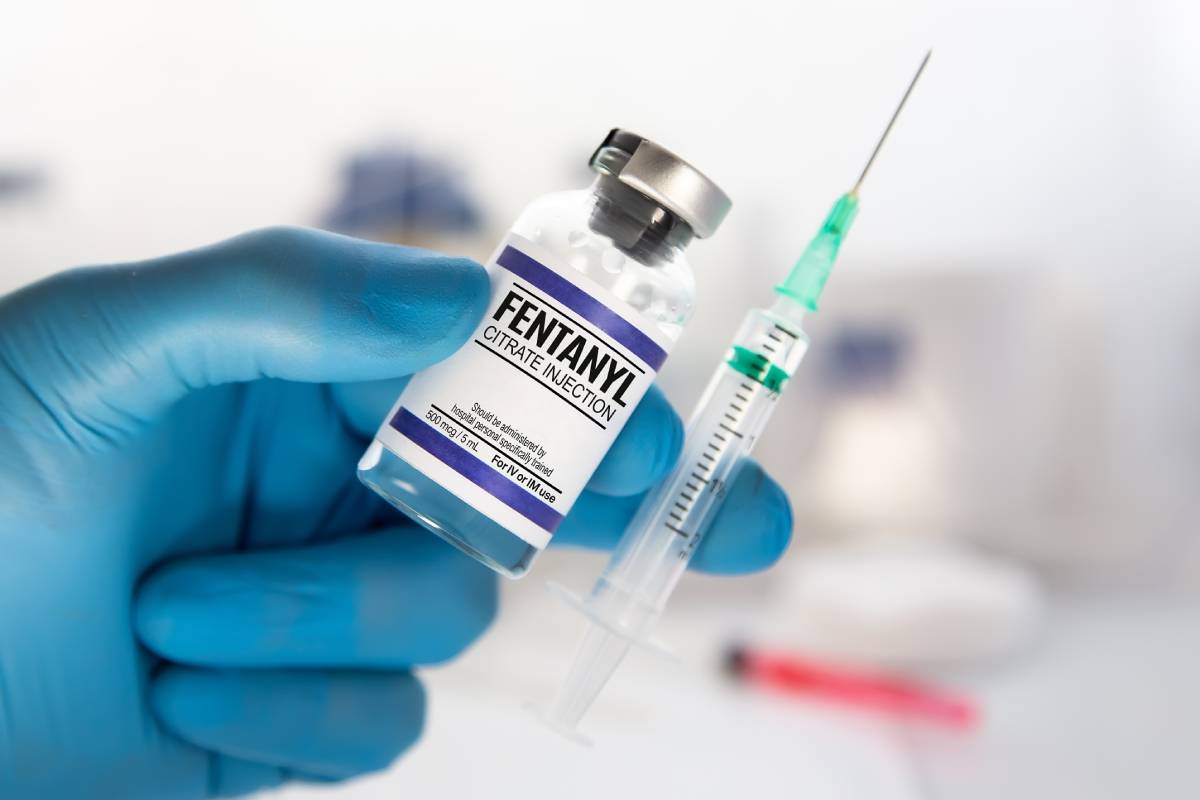Fentanyl is a powerful synthetic opioid that is primarily used for clinical pain management. It is estimated to be 50 to 100 times more potent than morphine, making it highly effective in treating severe pain. However, it also has a high potential for misuse and overdose. While fentanyl has many critical medical uses, it also requires careful monitoring to ensure patient safety and prevent adverse outcomes.
Fentanyl is primarily used for the management of acute and chronic pain, particularly in patients who require strong analgesia. Some of the most common medical scenarios in which fentanyl is used include pain due to surgery, cancer, and chronic conditions. After major surgeries, fentanyl can be administered to manage severe pain during recovery. It may be given intravenously or through a patient-controlled analgesia pump, allowing patients to self-administer small doses for pain relief. Patients with advanced cancer often experience severe, persistent pain that requires potent opioid treatment, often necessitating the use of fentanyl, among other drugs, to provide relief. Fentanyl may also be prescribed for individuals with chronic pain conditions, particularly when other pain management strategies are ineffective. For example, people with conditions like severe rheumatoid arthritis or neuropathy may be prescribed fentanyl patches for consistent, controlled pain relief.
The uses of fentanyl extend to anesthesia as well, particularly for surgeries or medical procedures that involve significant pain. It is often used in combination with other anesthetic drugs to provide both analgesia and sedation. Fentanyl is preferred in these settings because of its rapid onset and relatively short duration of action, allowing doctors to carefully control the depth of anesthesia. In addition to general anesthesia, fentanyl is also utilized during regional anesthesia procedures, such as epidurals or nerve blocks, to enhance pain relief during and after surgery.
Fentanyl is available in several forms to meet the different needs of patients. For anesthesia purposes, it is used in a liquid form that can be delivered through injection or intravenously. The fentanyl transdermal patch is a commonly prescribed form of the drug in chronic pain management. It is applied to the skin and provides a slow, steady release of fentanyl over a period of 72 hours. This allows for consistent pain relief without the need for frequent dosing. Fentanyl can also be delivered in other forms, such as lozenges, nasal sprays, and intravenous injections, each tailored to specific clinical situations. The lozenge form, known as the “lollipop,” is sometimes used to treat breakthrough cancer pain, providing rapid relief when needed.
Given the potency of fentanyl and other opioids, there has been increasing interest in “opioid-sparing” strategies. These are approaches aimed at minimizing the use of opioids in medical practice while still ensuring effective pain management. Opioid-sparing strategies can involve a combination of non-opioid pain relievers, physical therapy, and alternative treatments, such as acupuncture or nerve blocks. For example, nonsteroidal anti-inflammatory drugs (NSAIDs), acetaminophen, and local anesthetics are often used in conjunction with or as alternatives to opioids. The goal is to manage pain with the least amount of opioid medication, reducing the risks associated with long-term opioid use, such as tolerance, dependence, and overdose.
Additionally, multimodal analgesia—the use of multiple types of pain-relief medications acting on different pathways—is a key strategy to reduce opioid consumption. This approach can help achieve better pain control while minimizing the reliance on opioids like fentanyl.
While fentanyl has many legitimate medical uses, its misuse and over-prescription have become significant contributors to the opioid crisis. Fentanyl is often illicitly manufactured and mixed with other drugs, increasing the risk of overdose. Even small amounts of fentanyl can be fatal if not administered correctly, leading to severe respiratory depression and death. To address the opioid crisis, there have been various public health initiatives aimed at increasing awareness of the risks of opioid misuse, improving access to addiction treatment, and promoting safer prescribing practices. The use of fentanyl in the medical community is closely monitored, and healthcare providers take precautions to ensure that it is only prescribed when absolutely necessary and that patients are properly informed about its potential risks.
